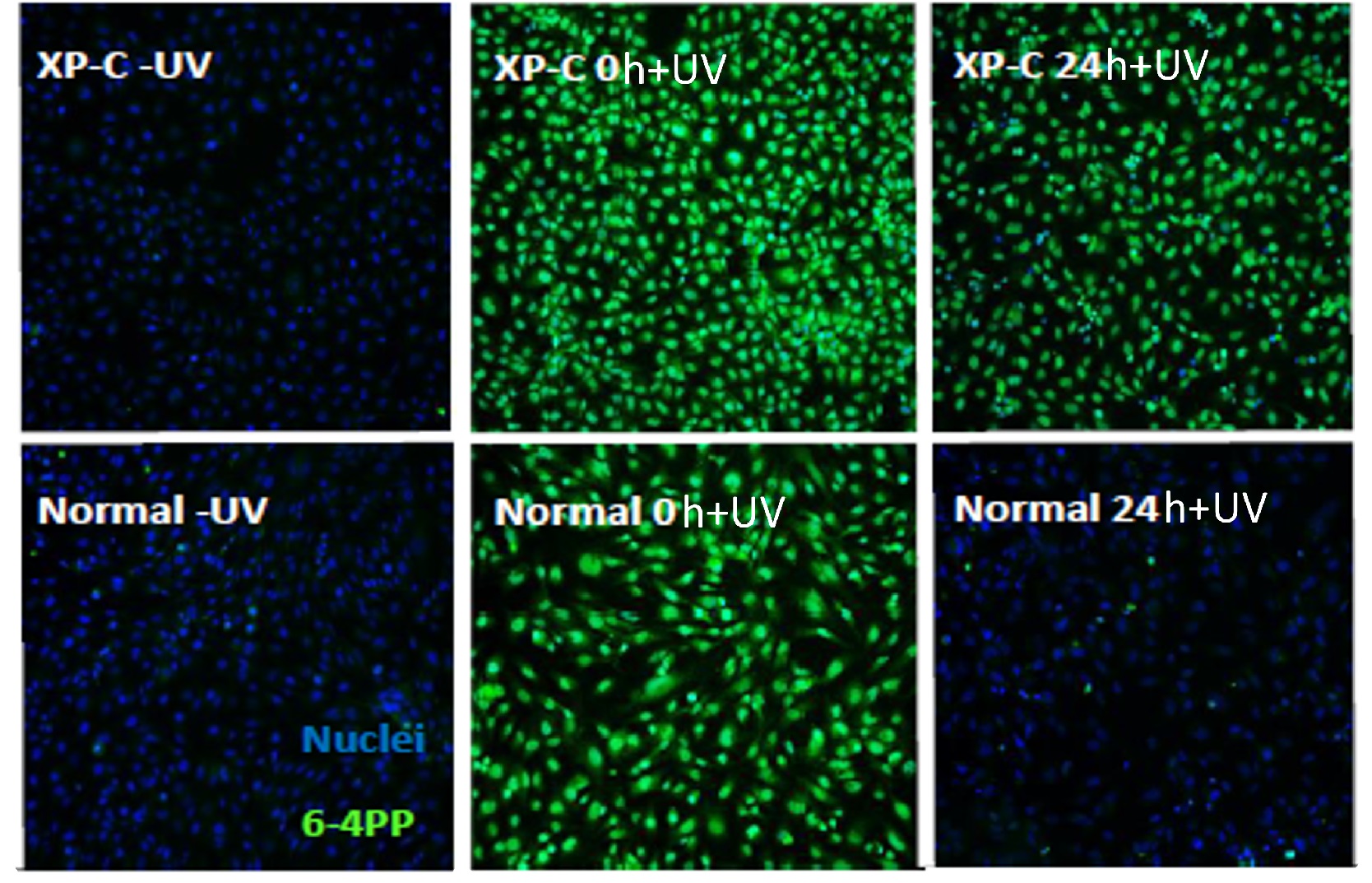Xeroderma pigmentosum (XP) is a rare genetic disease that affects young children. These young sufferers, known as moon children, are extremely sensitive to ultraviolet (UV) rays and have an increased risk of skin cancer. Forced to avoid sunlight, they can only go out at night. Their disease is due to a "loss of function" mutation in the gene encoding the XPC protein, a key protein in the repair of DNA damage induced by the UV rays of natural light.
In this study, the researchers inhibited 646 different genes, one by one, in patient cells where the XPC protein no longer functions. They showed that inhibition of the gene encoding PIK3C3 partially restored the cellular damage caused by UV rays and enabled XP-C cells to survive better. These results suggest that the use of PIK3C3 inhibitors could be a promising therapeutic avenue for reducing symptoms and slowing the progression of the disease. Although further validation is required before clinical trials can be envisaged, this discovery offers a potential treatment for these patients.
More generally, this study shows that the genetic context in which a mutation is expressed should be systematically considered, particularly in oncology.

Figure: XP-C or healthy human skin cells; 6-4PP in green = DNA damage. © CEA
Fundings
- CEA “plan de couplage”
- ANR PG2HEAL (ANR-18-CE17-0017)
- programme “Investissements d’avenir” (ANR-379 11-NANB-0002) et (ANR-15-IDEX-02).